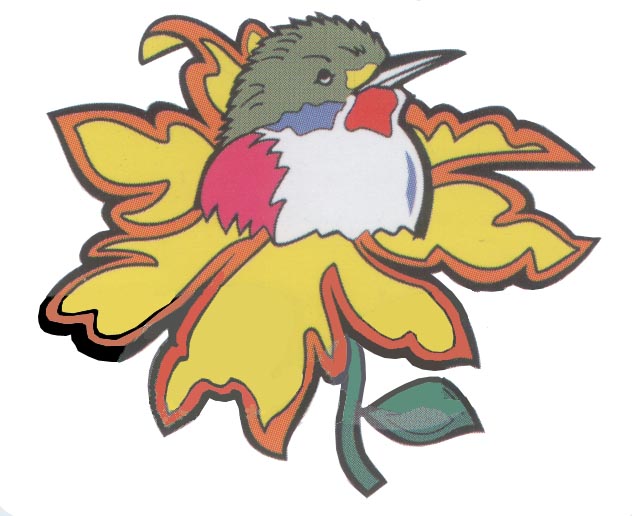
|
PARQUE NACIONAL TURQUINO
|
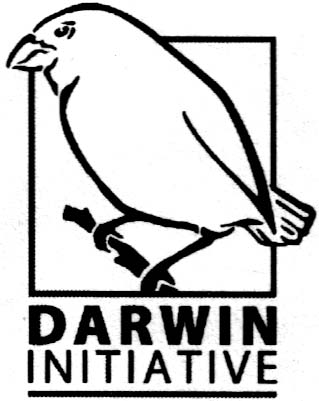
|
Description. A national park in southeast Cuba, protecting Cuba's highest mountains rising to 1994 m above sea level, important during the Cuban revolution as the first guerilla stronghold, the original guerilla camp now being a historical site and museum. Extent 23210 ha. Established in 1991. The national park has within its area a showcase ecological village, and several field stations, including the highest building in Cuba. Administered by the Empresa Nacional para la Protección de la Flora y la Fauna, Cuba.
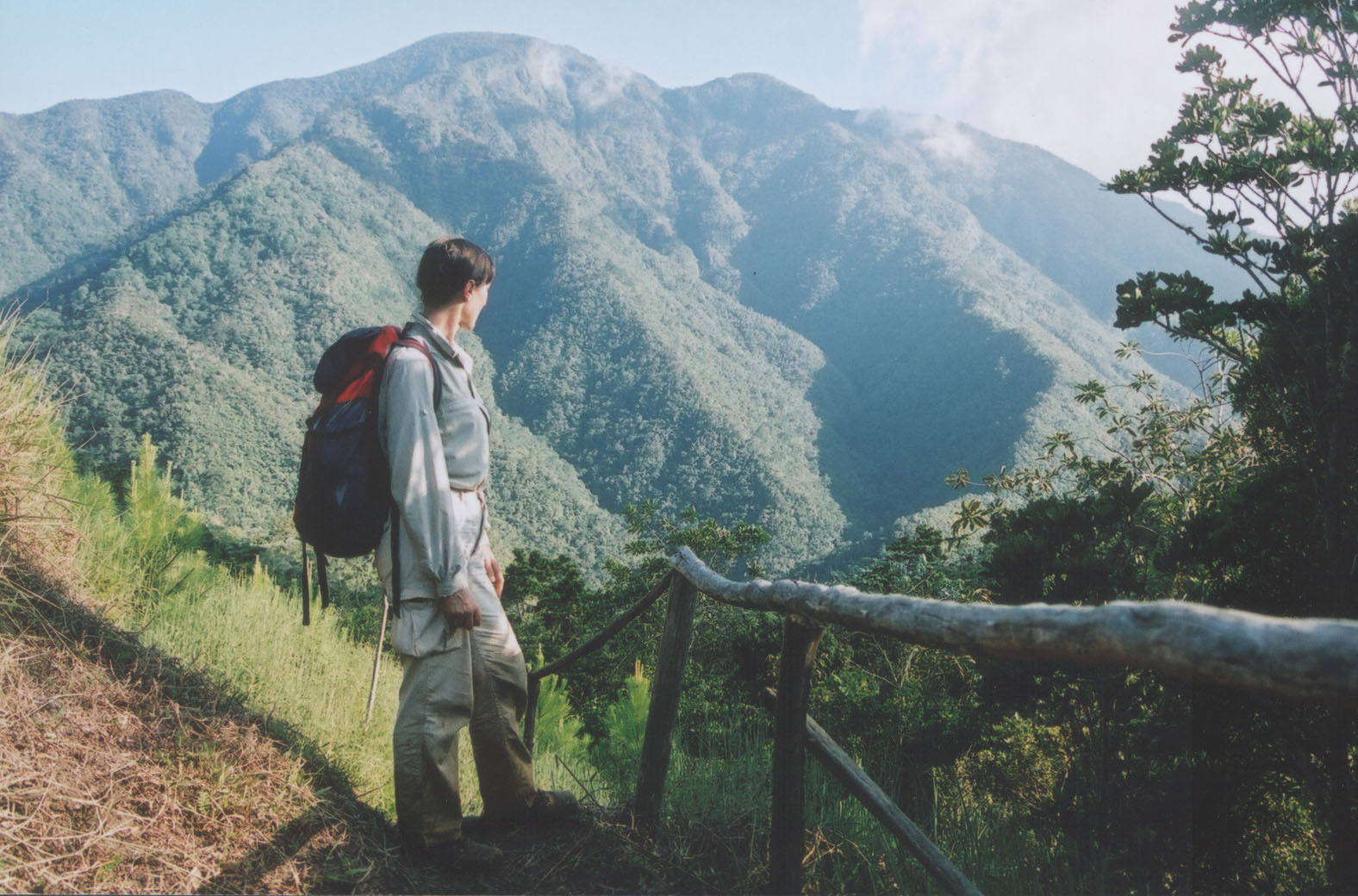
An ecotourist views Pico Turquino, the highest mountain in Cuba
Biodiversity. Numbers of species recorded in the management plan: Animalia, 116; Bacteria, 0; Chromista, 0; Fungi, 0; Plantae, 135 (many endemic to Cuba); Protozoa, 0. Numbers of endangered species: Animalia, not known; Bacteria, not known; Chromista, not known; Fungi, not known; Plantae, more than 7; Protozoa, not known. Lists of animals and plants of the national park are included in the management plan. Work has begun on fungi of the park, with some interesting and significant finds, but there is no checklist yet.
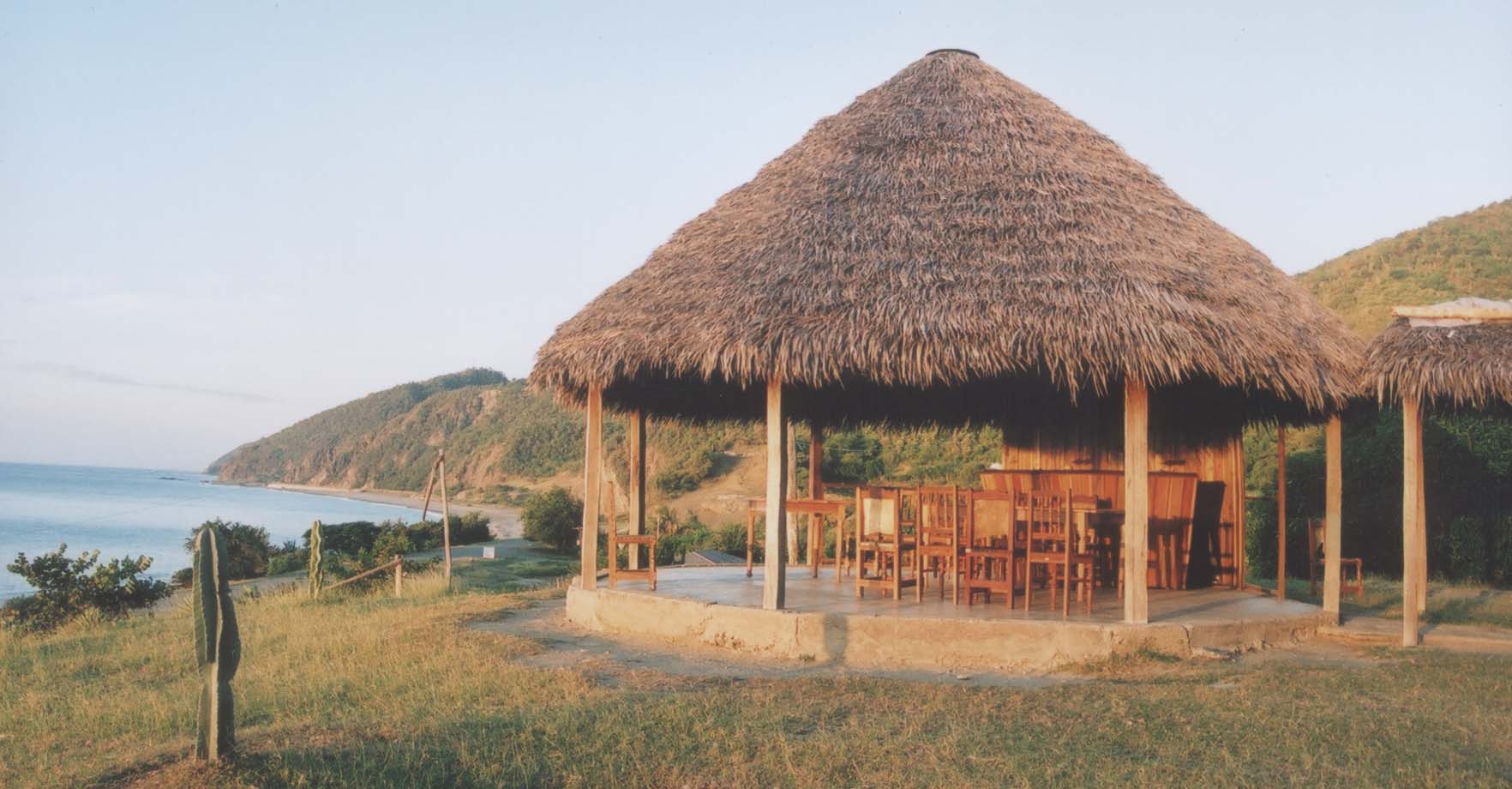
Reception area the southern entrance to the park
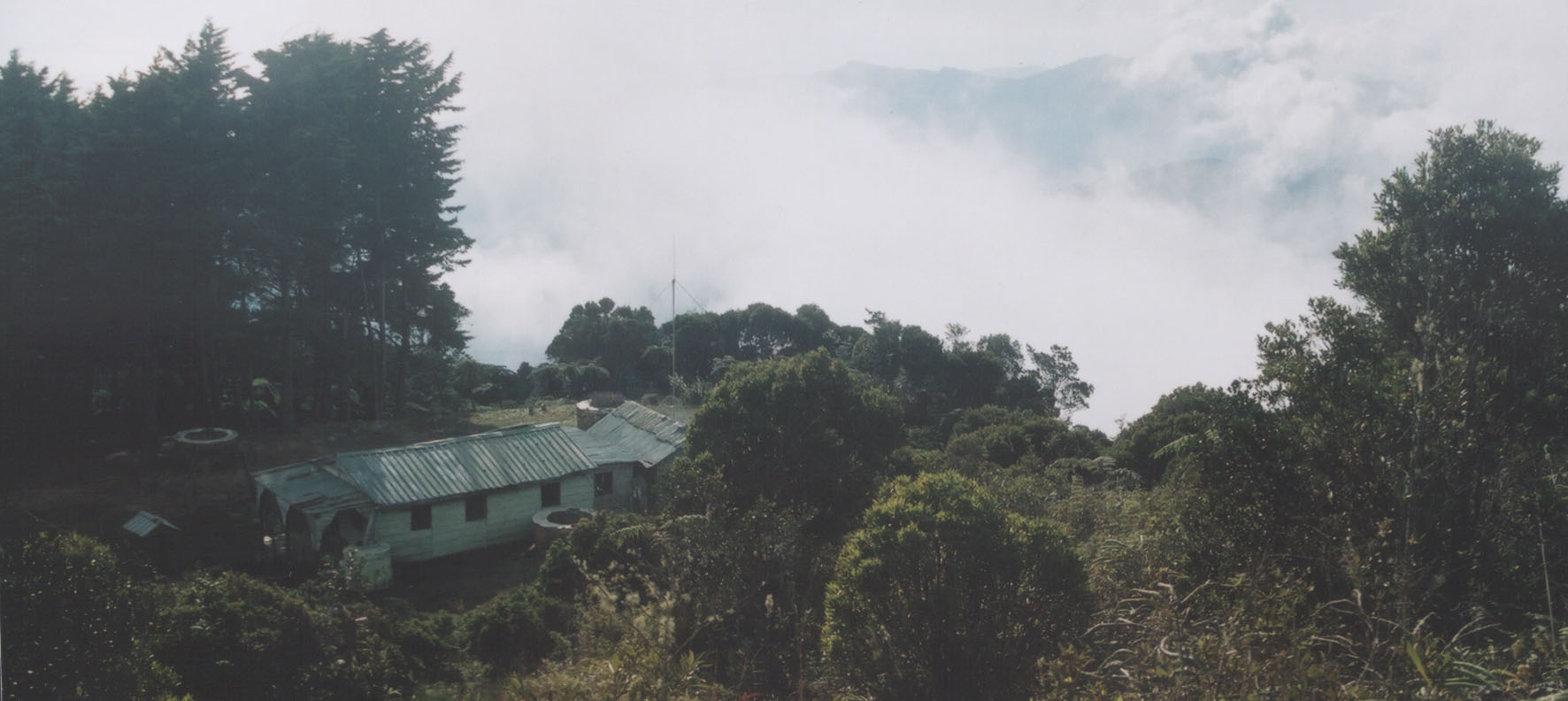
Field station at Pico Cuba, the highest building in Cuba
|
|
Problems. The national park straddles two provinces, making park administration more complicated. Poor grazing policy, resulting in introduction of undesirable species. Limitation of material resources and technical staff to carry out national park work. Low cultural, technical and scientific levels in local populations. Absence of meteorological instruments for basic recording at field stations. Inaccessibility of the terrain, making protection of the national park difficult. High rainfall, provoking soil erosion. Many threatened species within the national park. Unsightly abandoned military installations need attention. Uncontrolled invasives are a big problem in some parts of the park. Litter and other damaging effects of tourists are starting to become a problem.
Other information. Like other similar reserves and protected areas in Cuba, the Parque Nacional Pico Turquino is pursuing an active policy of support for key endangered species. In particular rare conifers are being grown in nurseries at different locations within the park.
|
Project work. A 59 page management plan was produced with support from the Darwin Initiative project Biodiversity Conservation in Cuba.




